Main image: Aerial view of the Sept-Îles Réserve naturelle nationale. © Armel Deniau.
The Sept-Îles National Nature Reserve (Réserve naturelle nationale, or RNN) is a small archipelago of islands and islets and a marine protected area (MPA). See Figs 1 and 2). It is located about 4 nautical miles off the coast of Perros-Guirec in northern Brittany. It spans 280 hectares and is made up of five islands—Île Bono, Île Plate, Île aux Moines, Île de Malban, and Île Rouzic—and two islets (the Cerf and the Costans). Disembarking on the islands is prohibited for the general public, except on Île aux Moines, which welcomes seafaring tourists during the summer.
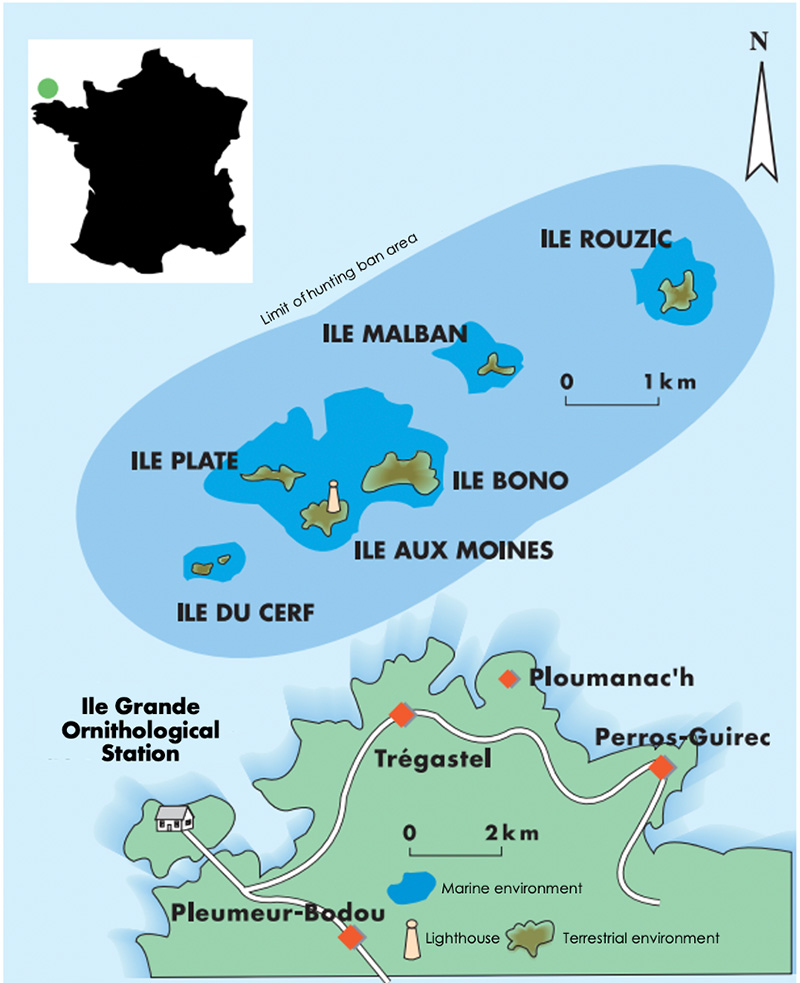
Figure 2. Map of the Sept-Îles RNN. © LPO (translated into English by Constance Schéré).
The reserve is particularly known for providing roosting and nesting sites for various species of seabirds, and hosts 11 per cent of breeding seabirds (11 regular breeding species) in metropolitan France, including the northern gannet (Morus bassanus), the northern fulmar (Fulmarus glacialis), the Manx shearwater (Puffinus puffinus), the storm petrel (Hydrobates pelagicus), the common guillemot (Uria aalge), the razorbill (Alca torda), the common shag (Phalacrocorax aristotelis), and three species of Larus gulls (L. argentatus, L. fuscus, and L. marinus). It is home to the main breeding colony of grey seals (Halichoerus grypus) in metropolitan France. The reserve’s rich biodiversity includes kelp forests and various species of cetaceans, fish, and shellfish. The Sept-Îles was designated a National Nature Reserve by ministerial decree on 18 October 1976, but it is the plight of the Atlantic puffin (Fratercula arctica) which established the Sept-Îles as a protected area.
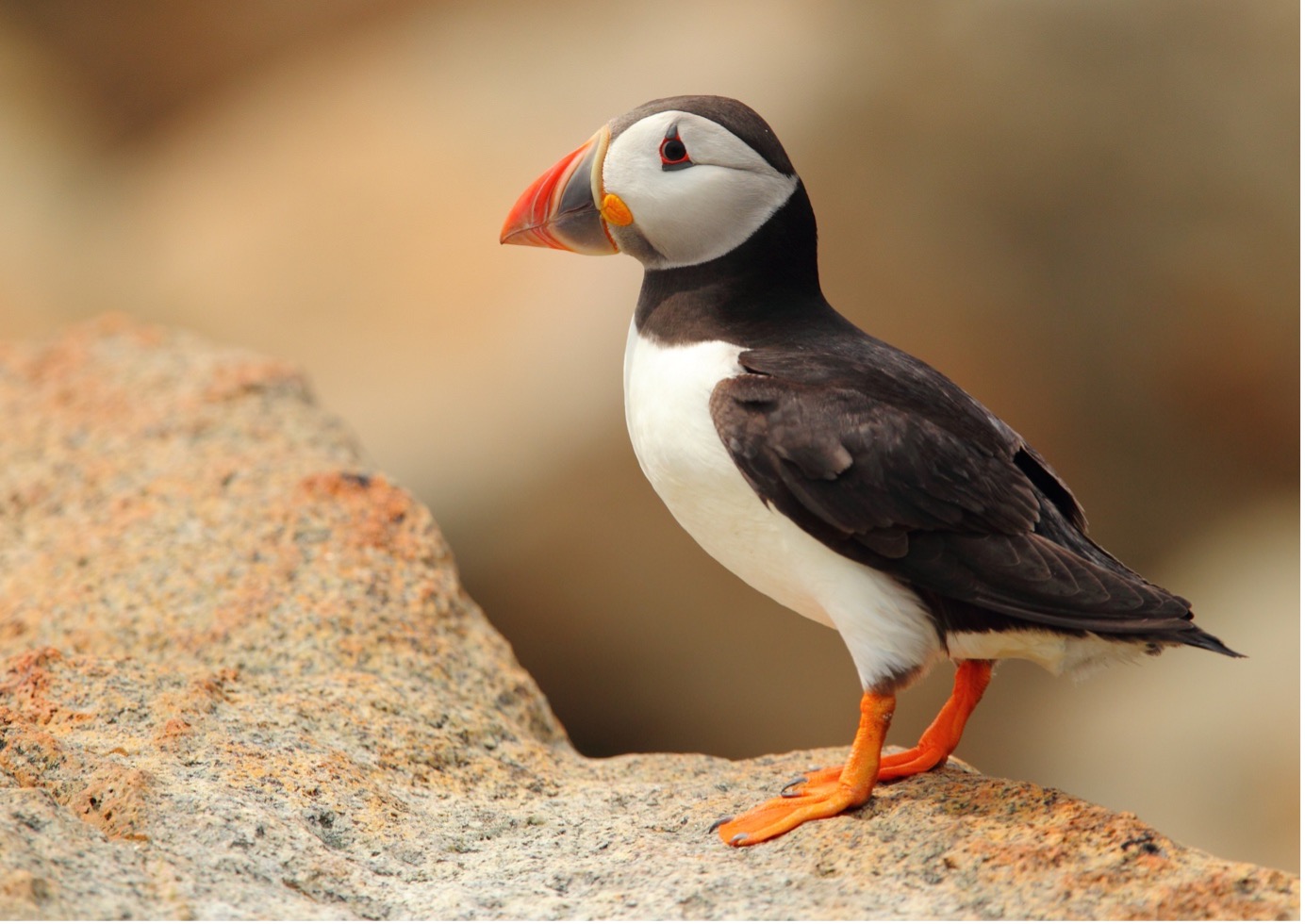
Figure 3. Atlantic puffin on pink granite © Armel Deniau.
An abundant nesting species in north-western France throughout the 19th century, the Atlantic puffin’s populations were devastated in the early 20th century due to hunting. Between 1900 and 1911, the Sept-Îles puffin colony declined dramatically from around 15,000 pairs to about 400, a result of the ‘exotic safaris’ that were promoted by the western railway company to attract tourists to northern Brittany. On 26 June 1911, Lieutenant Hemery of the 48th Infantry arrived on Île Rouzic to discover a decimated puffin colony. His account reached Albert Chappelier, a young agronomist and amateur ornithologist who had travelled to the Sept-Îles in 1908. He proposed creating an organization to protect puffins to Louis Magaud d’Aubusson, the president of the ornithology branch of the Société d’acclimatation. The Ligue pour la protection des oiseaux (LPO) was founded in 1912. This ornithological conservation organization is now the French partner of BirdLife International and akin to the Royal Society for the Protection of Birds or the British Trust for Ornithology in the UK. The LPO manages the Sept-Îles National Nature Reserve on behalf of the French government.
On 28 August 1912, a decree was passed to ‘prohibit at all times, and absolutely, the hunting, destruction, transport, and sale of puffins on the seashore, including the islands, and notably on Île Rouzic, located across from Perros-Guirec’ (Art. 3). The LPO’s mascot is the Atlantic puffin as a tribute to the little bird with the colourful beak that launched a conservation institution in France. After decades of protection—the population hovered around 10,000 in the 1950s—the oil spills of 1967 (Torrey Canyon), 1978 (Amoco Cadiz), and 1980 (Taino) are largely responsible for the further decline in the puffin population. In addition, gill net fishing and climate change have reduced prey availability. In 2021, the LPO recorded only 95 pairs of Atlantic puffins—a far cry from the thriving population of a century ago.
I grew up visiting the reserve by boat with my family and friends, as the harbour in my hometown (Ploumanac’h) provides the closest access to the archipelago. In 2021, following a brief stint in the LPO’s local ornithology lab in 2020, I did my doctoral internship on the reserve. In addition to ecological monitoring of the Sept-Îles, as well as promoting environmental awareness to the public, the main scope of the internship was to develop a new governance approach for the reserve. The results are currently under review for publication. The question of the reserve’s future is particularly topical, as the Sept-Îles RNN is expanding from 280 to 15,000 hectares and will include a no-go ‘quiet zone’ to protect the gannets.
I spent the summer of 2022 back on the reserve, welcoming tourists to Île aux Moines and answering their questions on the local fauna, assisting in surveillance of human activities, and conducting seal counts. The reserve is home to about 50 grey seals year-round and one harbour seal (Phoca vitulina): the ‘lonely bachelor’ is thought to be a male, but as harbour seals lack the obvious sexual dysmorphism of grey seals, it is impossible to know for sure.
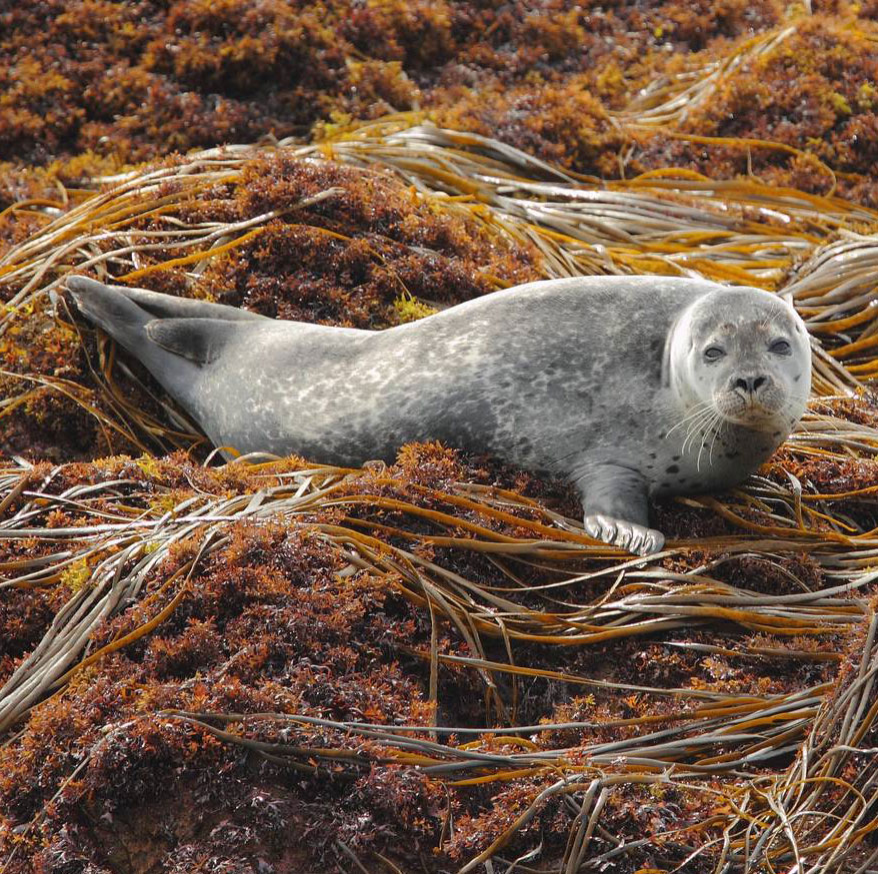
Figure 4. Harbour seal hauling out. © Armel Deniau.
Avian flu reached our shores in early July 2022. The gannet population has been especially vulnerable and there has been an increase in empty nests where the colony once thrived. Gannets are monogamous and co-parent their young. One adult remains in the nest while the other goes foraging for food, so that the chick is never alone. If one adult doesn’t return, the chick is left vulnerable to predation or competition for space as the other parent looks for food. Gannet population numbers have decreased slightly over the years, and avian flu has had a noticeable impact on the colony. In 2021, 18,967 pairs were recorded (down from 21,005 in 2020). Recorded pair numbers for 2022 will undoubtedly be affected by avian flu.
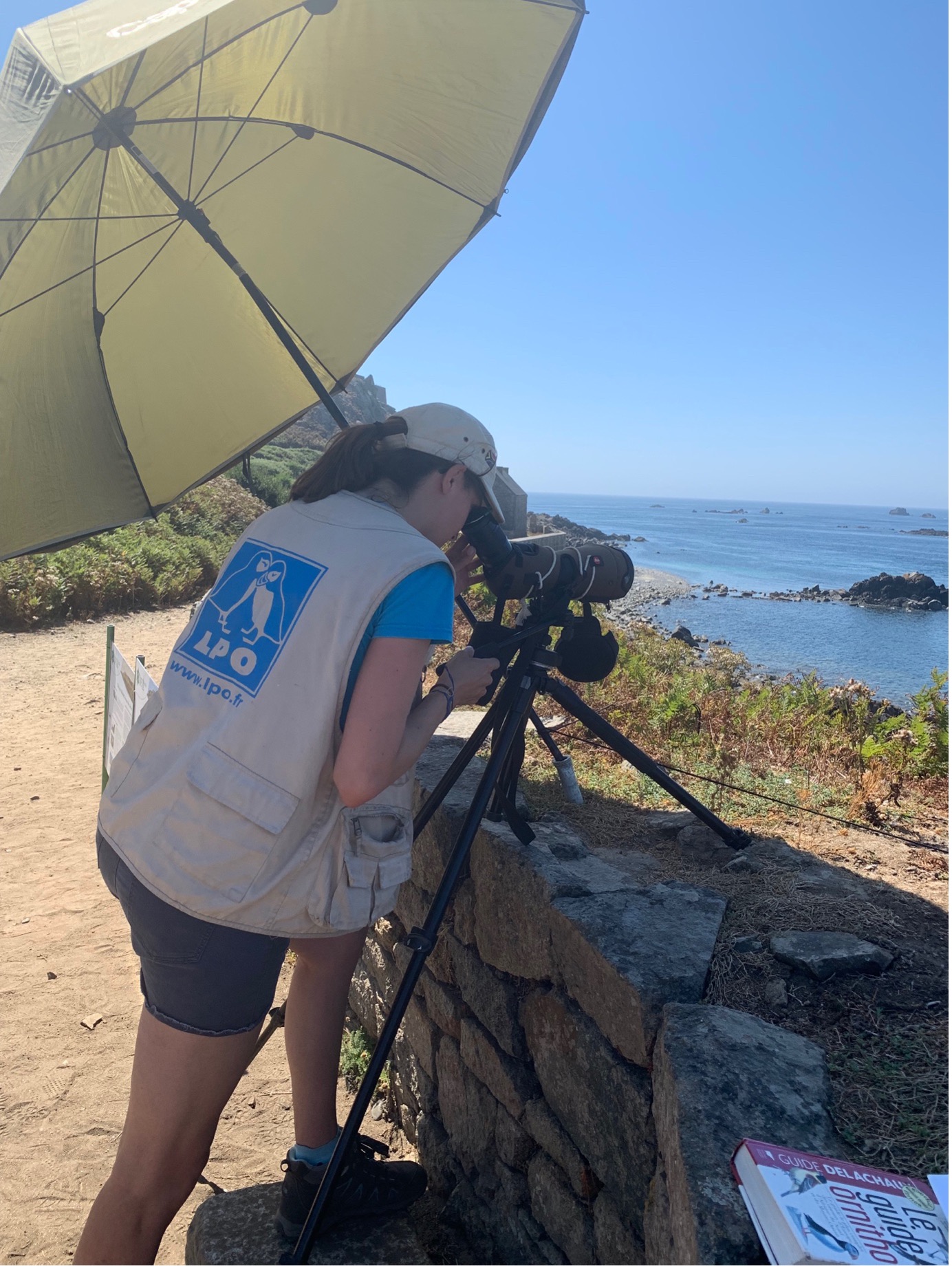
Figure 5. Constance observing seabirds on Île Plate from Île aux Moines. © Constance Schéré.
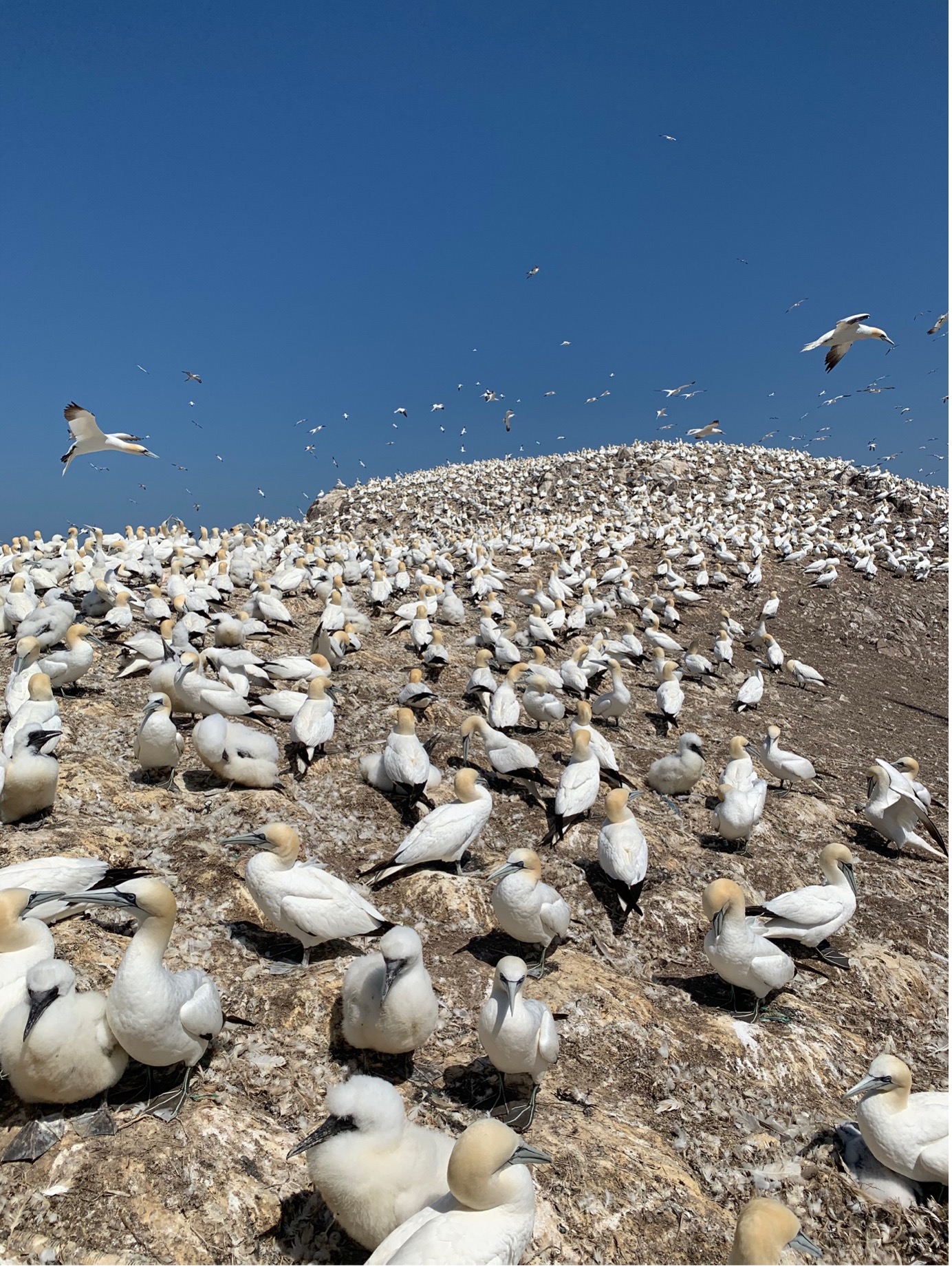
Figure 6. Gannet colony on Île Rouzic. © Constance Schéré.
The use of MPAs as a biological conservation tool is the focus of my PhD research, and how effective they are depends on several factors. The number of paper parks—protected areas that exist solely on paper and lack adequate management, monitoring, and enforcement—in the UK is a pressing issue. As the UK government races to designate to meet its 30 by 30 target (30 per cent protected areas by 2030), this could create an illusion of marine conservation. Indeed, according to a recent report from the British Ecological Society, less than 1 per cent of inshore waters in the UK are highly protected from fishing activity. As one of the co-authors of this report, I am impressed at the amount of work that the LPO—as the managing body of the Sept-Îles—puts into protecting this very important site. Currently, the reserve employs only three full-time staff, and they are on the reserve at least 100 days a year (every day during the spring/summer and at least one day per week during the rest of the year). Interns and volunteer naturalists, such as myself, support them in their work. The Sept-Îles reserve has an active management plan and receives its funding from the French government, thus ensuring that adequate measures are in place to protect it. A lack of resources is often cited as a reason for protected areas worldwide failing to meet their conservation objectives. The UK government must back its pledge to meet its 30 by 30 target by providing the funding necessary to truly deliver for nature. As the Sept-Îles demonstrate, effective conservation is possible.
Constance M. Schéré (constance.schere@kcl.ac.uk), King’s College London, Department of Geography
Further reading
Bailey, J.J., Cunningham, C.A., Griffin, D.C., Hoppit, G., Metcalfe, C.A., Schéré, C.M., Travers, T.J.P., Turner, R.K., Hill J.K., Sinnadurai, P., Stafford R., Allen D., Isaac N., Ross B., Russi D., Chamberlain B., Harvey Sky N. and McKain S. 2022. Protected Areas and Nature Recovery. Achieving the goal to protect 30 per cent of UK land and seas for nature by 2030. London, UK. Available at: www.britishecologicalsociety.org/protectedareas
Durand, S. 2018. 20 000 ans ou la grande histoire de la nature. Arles: Éditions Actes Sud.
Ligue pour la protection des oiseaux [LPO] 2023. Réserve naturelle des Sept-Îles. Available at: https://sept-iles.lpo.fr/ (Accessed 9 February 2023).
Provost, P. 2021. Dossier d’extension de la Réserve Naturelle Nationale des Sept-Îles: Rapport scientifique. LPO, DREAL Bretagne, 226 p.
Schéré, C.M., Schreckenberg, K., Dawson, T.P. and Jones, N. 2021. It’s just conservation: to what extent are marine protected areas in the Irish Sea equitably governed and managed? Frontiers in Marine Science 1-17. DOI: 10.3389/fmars.2021.668919
Schéré, C.M., Dawson, T.P. and Schreckenberg, K. 2020. Multiple conservation designations: what impact on the effectiveness of marine protected areas in the Irish Sea? International Journal of Sustainable Development & World Ecology, 27(7): 596-610. DOI: 10.1080/13504509.2019.1706058
